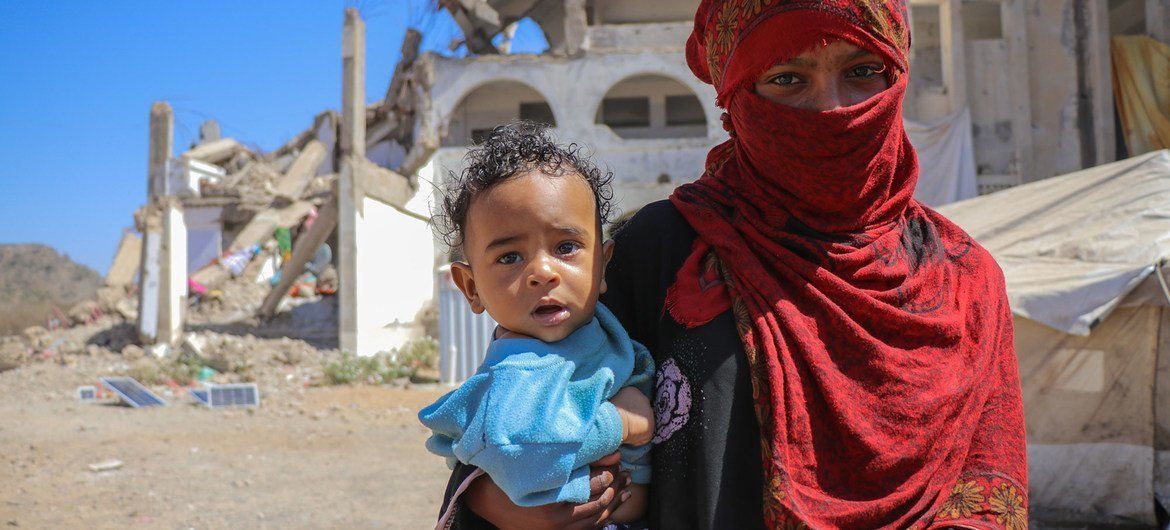Trump Pressures Colombia to Reinstate Aerial Spraying Program
October 2, 2017
If you haven’t already, please check out my latest piece with The American Conservative, “What Trump’s ‘Warning’ to Colombia Really Means.” It goes into detail about the way in which America’s drug war is selectively enforced to advance a Cold War-style agenda.
The Trump administration has criticized Colombia’s anti-drug efforts and pressured their country to reinstate its aerial fumigation program. This program was somewhat effective with reducing coca production, but this one method isn’t a silver bullet for eliminating the drug supply.
Also, aerial spraying does nothing to combat the demand for cocaine. Hence, cocaine supply always responds to demand and the production is displaced from one region to another. However, you may be wondering why Colombia discontinued this program. The problem is that it also results in widespread collateral damage.
The chemical that is sprayed over the coca fields in Colombia, glyphosate, was banned by the Colombian Supreme Court in 2015 due to research by the World Health Organization, which pointed to a variety of negative environmental and health consequences.
This aerial fumigation program is also unpopular with Colombia’s farming sector because the spraying is indiscriminate and the chemicals kill all plants in the area, not just coca. In fact, the government of Colombia reached a $15 million settlement in a lawsuit with its southern neighbor, Ecuador, due to the damage from aerial spraying that drifted over the border.
Despite these facts, Secretary of State, Rex Tillerson, and the Trump administration have continued to bang the drum calling for the Colombian government to restore this program. Keep in mind, aerial spraying conveniently benefits a couple of politically-connected corporations.
For fifteen years, the U.S. government contracted with the private defense company DynCorp to spray glyphosate, which is developed and patented by Monsanto, over the coca fields in Colombia. (Glyphosate is the key chemical in their weed-killer, RoundUp.)
That brings up another interesting topic. The Trump administration is indirectly promoting Monsanto’s interests at a time when other government entities are confronting the company’s tactics. Case in point, Monsanto’s officials and lobbyists were recently banned from the European parliament. Coincidentally, this decision came about after Monsanto’s representatives declined to attend a meeting about allegations that their company manipulated safety studies related to glyphosate. (The New York Times also published an excellent article recently about the company’s woes in the U.S.)
Anyhow, back to Colombia. The U.S. government’s insistence upon this aerial spraying program has little to do with the effectiveness of the program. It has more to do with who benefits from illegal drug trafficking in Colombia. Again, my latest article goes more in-depth, but to be brief, the U.S. government is more concerned with drug money ending up in the hands of the top communist group in Colombia, the FARC (Revolutionary Armed Forces of Colombia).
On the opposite side, Colombia’s President Juan Manuel Santos also has some unspoken objectives that should be addressed. He seems to be using the drug war as a bargaining chip. The Santos administration has justifiably remained steadfastly opposed to aerial spraying. However, the FARC openly opposed aerial spraying as part of their negotiations. They have justifiable reasons for opposing this program as well, i.e. legitimate agricultural. However, it’s widely-known that their group is one of the top drug trafficking organizations in the country.
Nonetheless, with this olive branch in place, it looks like there may be a reprieve from the extreme violence in Colombia. Just yesterday, Colombia’s second leading communist rebel group, the ELN (National Liberation Army), began their cease-fire agreement. Likewise, the leader of Los Urabenos has reached out to the government in hopes of forming a truce as well. Los Urabenos is a splinter group from the now defunct right-wing paramilitary group, the AUC.
Keep in mind, the Trump administration has tried to paint Santos as soft on drugs, but the leader of Los Urabenos is only looking to form a peace agreement because the government has been aggressively pursuing this group with the full force of the military. They’ve successfully killed or captured many of its highest members.
Although Santos is on the cusp of reaching peace agreement with the top remaining destabilizing force in the country, Los Urabenos, there will still be dissidents. That has been the case with the FARC as there is a fairly sizeable number of former FARC who refused to lay down their arms. Likewise, there will be many dissident ELN members.
And there lies the rub. The demand for cocaine will never go away and these rebels will be able to finance their warfare from illegal drugs, as long as the U.S. doesn’t discontinue its antiquated its war on drugs.









